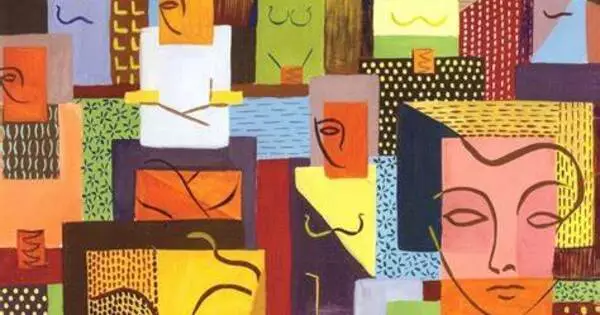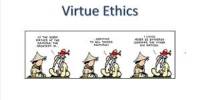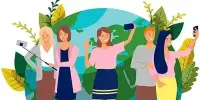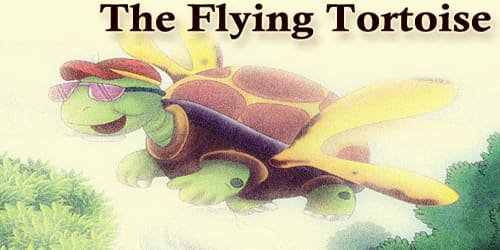Transculturation is a concept coined in 1940 by Cuban anthropologist Fernando Ortiz to explain the process of civilizations mixing and converging. It is a term used in cultural studies and anthropology to describe the process of cultural interchange and transformation that occurs when different cultures interact over an extended period of time. It entails the mutual exchange and blending of cultural components, behaviors, beliefs, and ideas among various cultural groups.
Transculturation is more than simply transitioning from one culture to another; it is not simply adopting another culture (acculturation) or losing or uprooting one’s former culture (deculturation). Rather, it combines both concepts and instead contains the idea of the resulting development of new cultural phenomena (neoculturation), in which cultural blending is interpreted to produce something altogether new. The term transculturation is frequently used to describe the intricate ways in which cultures influence and adapt to one another through time.
Key points about transculturation include:
- Mutual Exchange: It is a two-way process in which both civilizations engaged contribute to the interchange of cultural components. Language, food, music, clothes, religious beliefs, and other factors can all be considered.
- Adaptation and Transformation: When civilizations collide, elements of each other’s cultures may adapt and alter. This might result in the development of new cultural behaviors and manifestations that are a hybrid of the two original civilizations.
- Power Dynamics: It is not necessarily a symmetrical process; power dynamics might impact it. In some circumstances, one culture may dominate or incorporate features of another culture, whilst in others, the interchange may be more balanced.
- Cultural Hybridity: Transculturation often results in the emergence of hybrid or syncretic cultures that incorporate elements from multiple cultural sources. These hybrid cultures can be rich and diverse.
- Historical and Contemporary Examples: Transculturation has been explored in a variety of historical and contemporary circumstances, including colonial interactions, globalization, migration, and popular culture dissemination. The mingling of African, European, and indigenous cultures in the Americas, for example, is a prominent example of transculturation.
In the early twentieth century, Cuban anthropologist Fernando Ortiz devised the idea of transculturation to better understand the cultural dynamics of Cuba and other regions with complex cultural contacts. Scholars have since used it to evaluate and define cultural change in a worldwide world where cultures are always in contact and transition.
















